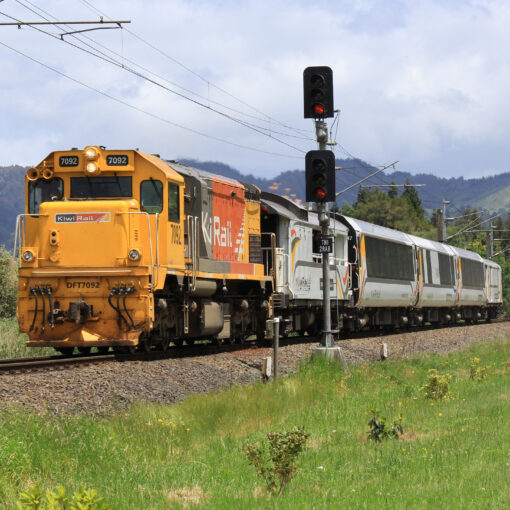The Campaign for Better Transport (CBT) would like to congratulate the Government for attempting to develop an energy strategy.
As the CBT is primarily focused on transport issues, we have chosen to concentrate our submission on this area.
We have arranged our submission into key headings. We have also included a commentary on some specific wording within the NZES document that we think should be reconsidered in the “Edit; Undo” section at the end of this document.
Finally we have answered selected questions from the “Have Your Say” sections of the strategy.
Peak Oil
Considering the time frame of the Energy Strategy is until 2050, it is surprising that Peak Oil is so readily dismissed in section 4.1.2 – “So while there will be peak ‘cheap’ oil from conventional sources, the world has plentiful sources of fossil-based fuel”.
Yes, but at what price? $1,000 per barrel? We think the assumption of $60 per barrel contained in the New Zealand Energy Outlook to 2030 is completely optimistic. As recently as three years ago the Government assumed oil would be $35 in the long term. Given that demand for oil is continuing to increase in developing countries while production remains flat or declining, we see no reason why oil prices should not be above $100 per barrel in the next few years.
The Strategy suggests that rising prices will spur exploration, new technology and make previously uneconomic reservoirs of oil viable to use. The “technology will save us argument” has been dismissed by a number of informed commentators, with decades of experience in the oil industry. We have included a summary of these myths in the Appendix. Specific mention of “oil-rich shales” is mentioned in the section under peak oil, so we have included an article entitled “Toxic Waste Left In Wake of Oil Sands Extraction” in the Appendix, which points out the huge amounts of energy expended in the extraction process, as well as the environmental and emissions damage.
Also in section 4.1.2 is the statement that “It is unclear whether conventional oil production will peak in the next decade, or a decade or two later.” As this is a strategy for 2050, this is irrelevant. Even the most conservative estimates have oil peaking some time in the next thirty years. The strategy must prepare New Zealand for the reality of declining fossil fuels.
A number of commentators are highlighting indications that a peak in oil production may have already occurred. Last year in 2006, Saudi Arabian oil production declined by 8% from the previous year. Most of the oil majors have not managed to increase production at all, despite record high oil prices. It is becoming increasingly clear that oil is moving towards the high oil price scenario described in the New Zealand Energy Outlook to 2030.
As Deffeyes puts it – “Oil & Gas Journal publishes annual production estimates in late December each year, subject to revision a year later. The O&GJ preliminary estimate for 2006 is 72,486,500 barrels per day, compared to 72,361,600 in 2005. That extra 124,900 barrels per day isn’t going to fuel all the new cars in Russia, China, and India.”
Download complete PDF version here.


